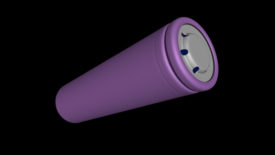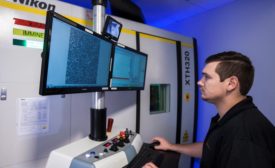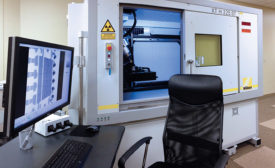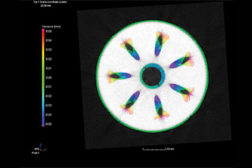Andrew Ramsey
Andrew Ramsey is an X-ray CT consultant for Nikon Metrology Inc. For more information, email him at [email protected] or go to Nikon Metrology Inc..
ARTICLES
NDT | Computed Tomography
A battery is a great example of the value of CT compared to simple radiography.
Read More
NDT Case Study
X-ray CT for Quality Assurance of Metal AM Parts
The technique of choice for seeing inside metal structures is industrial X-ray computed tomography.
August 6, 2020
NDT
Calibrating X-ray CT Systems
Learn more about the two main methods of calibrating CT data
April 2, 2014
Stay in the know with Quality’s comprehensive coverage of
the manufacturing and metrology industries.
eNewsletter | Website | eMagazine
JOIN TODAY!Copyright ©2024. All Rights Reserved BNP Media.
Design, CMS, Hosting & Web Development :: ePublishing



